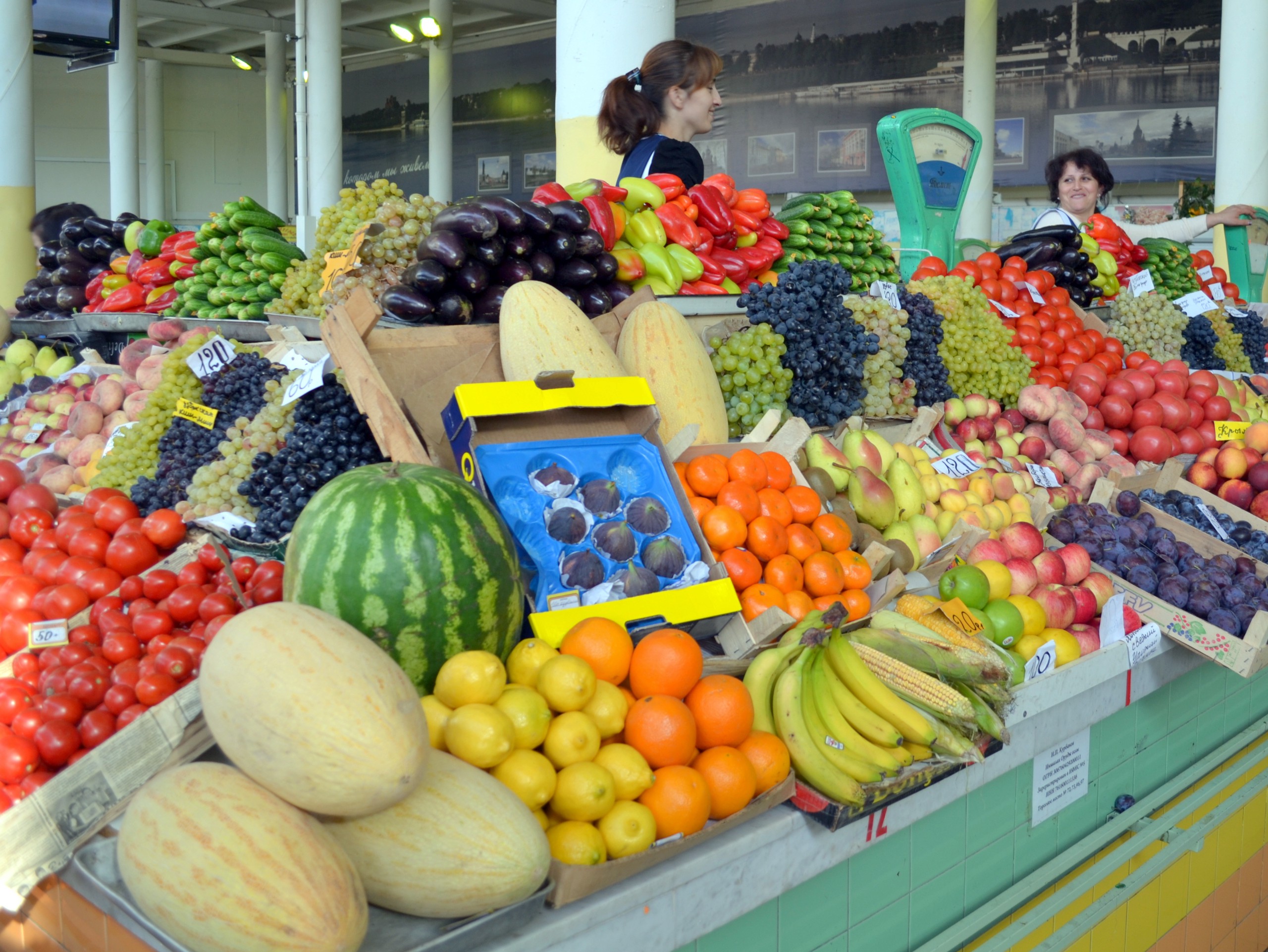

Earlier this month, supermarket giant Tesco announced it would begin donating leftover food from its supermarkets to charities across the United Kingdom. Coming just months after the company faced controversy when a couple was summoned to court for “stealing” food from bins outside one of its stores, this seems to be a major–and important–shift. In donating leftover products, Tesco is becoming part of a trend toward using simple technology to reduce food waste.
To implement its plans, Tesco has signed up with the food distribution charity FareShare. FareShare operates across the United Kingdom, distributing leftover food to some 2,000 charities. Its CEO, Lindsay Boswell, explained that FareShare has actually been working with Tesco for a number of years now, collecting food wasted at the supply end of the market chain. To tackle the issue of waste food at the retail end, however, the two had to come up with a unique, technological solution–an application called FoodCloud.
“FoodCloud is a very simple app platform that enables a store manager, or any individual who has been given the task within a Tesco store, to identify towards the end of the day what quantities of what types of food they’ve got as surplus and notify that to a central a platform,” Boswell explained. “That then ends up sending a text to a preordained charity that will then turn up later in the evening to collect that food.”
While FareShare currently collects food from suppliers, takes it to a warehouse, and then delivers it to charities, FoodCloud allows suppliers and charities to connect directly. FareShare ensures that charities handle the food safely and do not waste it. Boswell said this role remains extremely important.
“What this isn’t doing is just saying out to the general world, “‘Hey, we’ve got surplus food, do you want it?’ FareShare has a network of over 2,000 charities who we already support giving food to, who we inspect. We know that they’re safe, and we know the profile of the types of people they’re supporting. You’ve got to get the right product to the right charities at the right time,” said Boswell.
Yet, FoodCloud is not the first attempt at such an idea. In fact, it is part of a growing number of applications being used to create a more sustainable food chain.
In the United States, for example, CropMobster allows traders and producers to directly distribute food to individuals or nonprofit organizations. Providers range from farmers, businesses, and gardeners who can either sell or donate food, or even advertise events such as local farmers markets or business sales.
LeftoverSwap lets people directly swap food between each other within a local area. If you have leftovers from your dinner, lunch, or party that you can’t finish yourself, you can upload a picture and description to LeftoverSwap. A hungry person in your area can then claim the food and come pick it up. Simple as that.
Then there are apps not just designed to distribute food. The Riverford Recipe app, for example, lets users make the most of the food they have in their cupboards. Users simply select the ingredients they have on hand, press a button, and the application presents a range of recipes to match. No longer do you have to waste food because you can’t think of a good use for it.
Food waste remains a serious problem. A recent report shows that the European Union alone throws away 89 million tonnes of food each year. This is not only an environmental waste, but a massive insult to all of those who struggle to put food on the table every day. Whether it is supermarkets, such as Tesco, donating directly to charities, or applications that allow individuals to make the most of the food already in their kitchens, new technological advancements are becoming a valuable tool for solving this problem.


How We Get To Next was a magazine that explored the future of science, technology, and culture from 2014 to 2019. This article is part of our The Future of Food section, which covers new innovations changing everything from farming to cooking. Click the logo to read more.
